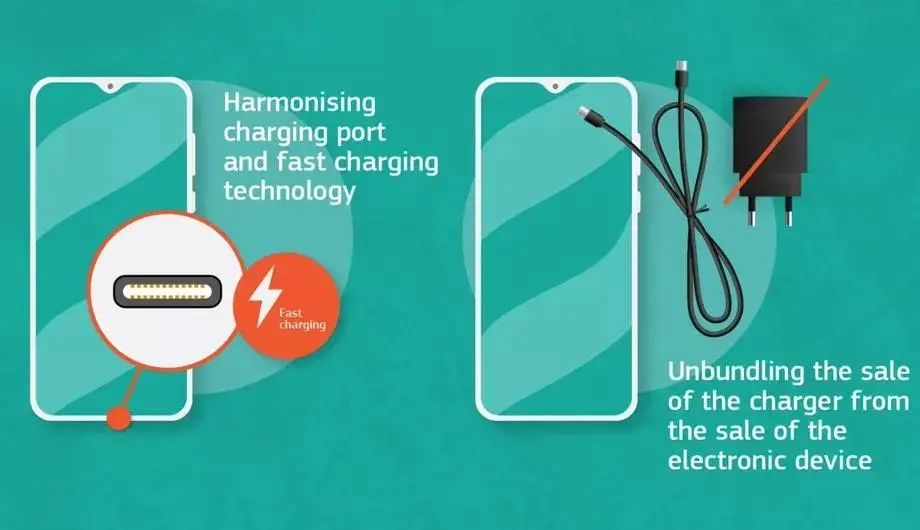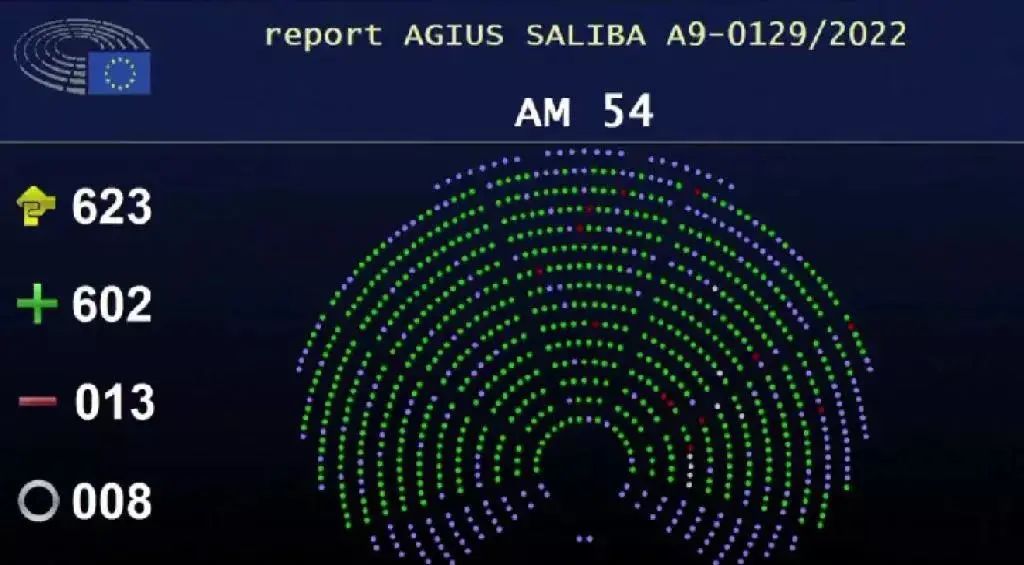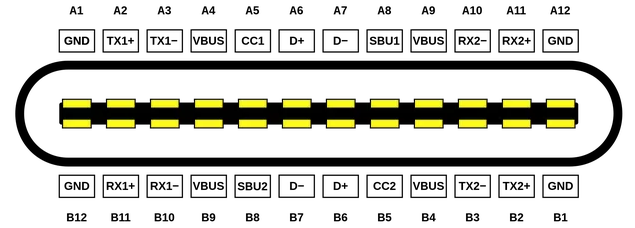Preface
On Oct. 4, the European Parliament voted overwhelmingly in favor of making USB-C mandatory as a universal charging port for various consumer electronics devices, including iphones and AirPods, by the end of 2024. The proposal, known as a directive, forces all consumer electronics manufacturers selling products in Europe to ensure that their devices have USB-C ports. preface
On Oct. 4, the European Parliament voted overwhelmingly in favor of making USB-C mandatory as a universal charging port for various consumer electronics devices, including iphones and AirPods, by the end of 2024. The proposal, known as a directive, forces all consumer electronics manufacturers selling products in Europe to ensure that their devices have USB-C ports.

Such a "universal port" would be the first such standard in the world to be legally established, with particular implications for Apple as it makes widespread use of the Lightning connector instead of USB-C on many devices. Meps claim the move will reduce e-waste, address the sustainability of products and make it easier to use different devices.
The eu's point of view
All mobile phones, tablets and cameras sold in the EU will have to have USB-C charging ports by the end of 2024, according to a press release from the European Parliament earlier this week. Starting in spring 2026, the obligation will be extended to laptops. The new law, approved by a plenary vote of 602 to 13 with eight abstentions on Tuesday, is part of a broader EU effort to reduce e-waste and empower consumers to make more sustainable choices.

Under the new rules, consumers will no longer need a different charger each time they buy a new device, as they will be able to use a single charger for an entire range of small and medium-sized portable electronic devices.
Whether manufacturer is who, all new mobile phone, tablet PC, digital camera, headphones and earphones, handheld electronic games and portable speaker, electronic reader, keyboard, mouse, portable navigation system, ear plugs and notebook computers, as long as it is charged by cable cable, 100 watts of power operation, must be equipped with a USB port - C. All devices that support fast charging will also have the same charging speed, allowing users to charge their devices at the same speed with any compatible charger.
But the directive exemption will apply to devices whose bodies are too small to offer USB-C ports, such as smartwatches, fitness trackers and some exercise devices, but the legislation is expected to be extended to other devices over time. Companies must also ensure that dedicated labels clearly inform consumers about the charging characteristics of the devices they buy.
In addition, as technology continues to evolve, the EU seeks to ensure interoperability of wireless charging solutions. The directive empowers the European Commission to develop delegated legislation by the end of 2024 that will force companies to make their customized wireless charging solutions more open and meet interoperability standards, helping consumers avoid being locked into proprietary charging protocols while preventing fragmentation and reducing waste. It's unclear if this includes Apple's MagSafe charging system for iphones and AirPods, as it's based on the Qi wireless charging standard.
Now, the European Council must approve the directive so that it can be published in the EU's Official Journal. The directive will come into force 20 days after publication in the Official Journal of the European Union and its requirements will apply to new equipment 24 months later. Products marketed before the application date will be exempt and can continue to be sold thereafter.
In 2018, the European Commission tried to reach a final resolution on the issue, but it failed to become law. At the time, Apple warned that forcing the industry to use a common charging port would stifle innovation and create e-waste because consumers would be forced to switch to new cables. The EU effort resumed last year, with the Commission taking the lead in updating the version of the directive. In April, the Committee on the Internal Market and Consumer Protection voted in favour of the directive, with 43 votes in favour and only two against. In June, the EU Internal Market and Consumer Protection Committee reached an agreement to submit the directive to the European Parliament.
Interface science
What are Lightning port and USB-C port, and what are the differences? Why a small charging interface will be valued by the European Parliament, the following charging head network in detail.
What is a Lightning port?
In 2012, Apple used the new Lightning interface on iPhone 5, which was the first consumer electronic product interface that supported both positive and negative plug, and its advanced nature was "a clean SLATE". It was not until nearly two years after the launch of iPhone 5 that the first draft of today's more mainstream Type-C interface was completed.

The Lightning interface has two independent differential channels controlled by the chip, and the contacts on both sides are connected through internal channels.

The appearance is the eight contacts on the Lightning interface as we can see, and the white part of the wrapping pin is to make these pins insulated from each other and have the function of grounding.
What is a USB-C port?
Why does the EU need a unified charging port, what is USB-C and what are the benefits of USB-C? The following charging head network is introduced one by one.
USB Type-C (also known as USB-C) is an interface standard for electronic devices. It has the advantages of forward and reverse insertion, bidirectional transmission, high speed, and small size. It is mainly used in mobile terminals such as smart phones, tablets, and laptops. USB-C only needs one cable, which can realize power transmission, data transmission, audio and video transmission and other functions. It is proficient in everything from electricity to data, and can be called a line of communication.
Users who are using devices with USB-C ports basically know that there are 4 pairs of TX/RX split-wires, 2 pairs of USBD+/D-, a pair of SBU, 2 CC, 4 VBUS and 4 ground cables inside the USB-C port. The full pin is 24 pins, and the upper and lower pins are 12 pins. And since the USB-C specification was released in 2014, many new 3C devices such as Android mobile devices, laptops, desktops, and even game consoles have started using this connection port.

The diagram above shows the interior of the USB-C motherblock. You can see that blind insertion requires twice as much cable and electrical components.

The USB-IF Association has a clear regulation on the USB-C port installed on smart devices. The number of full pins is 24.
Secondly, due to the functional design of USB-C port male head, users will see different specifications of USB-C cable port male head internal pin number is different to achieve different functions such as charging, data transmission, video expansion and so on.
By continuing to use the site you agree to our privacy policy Terms and Conditions.